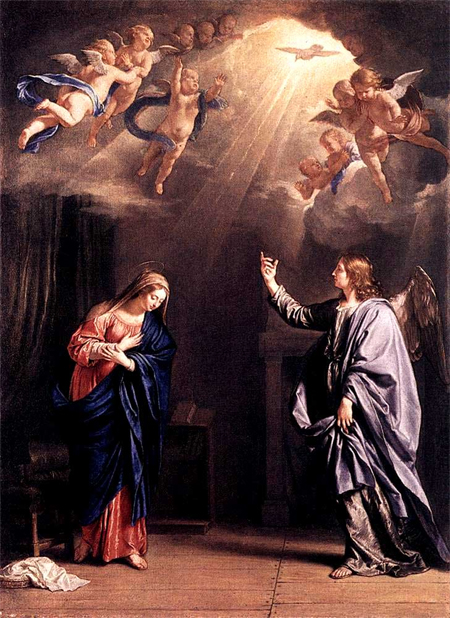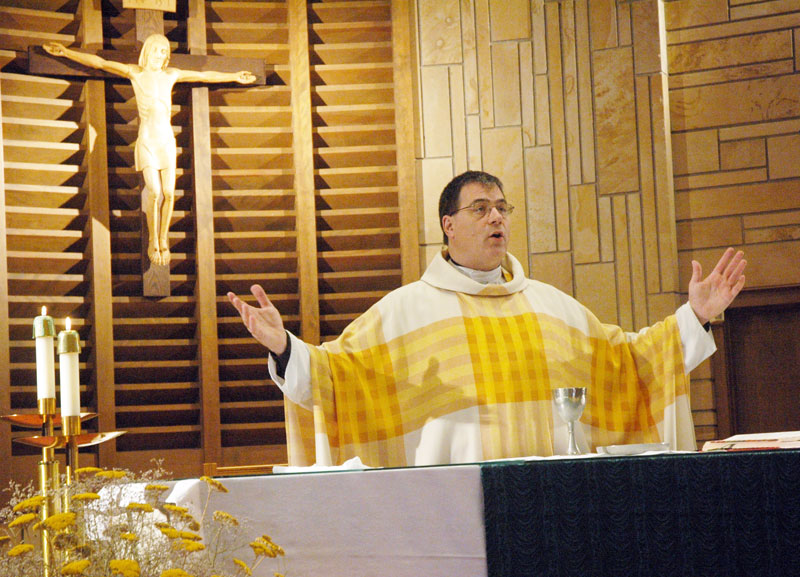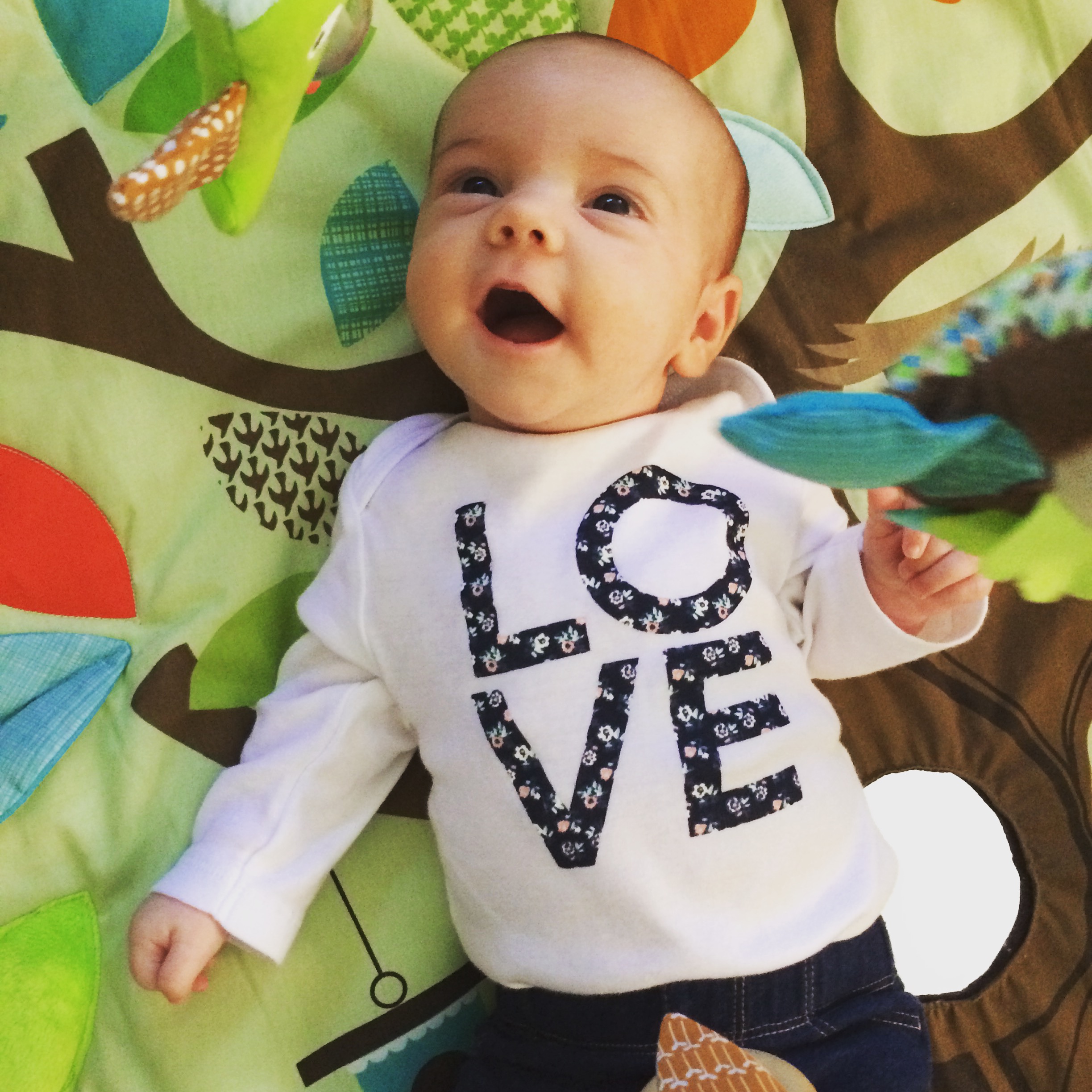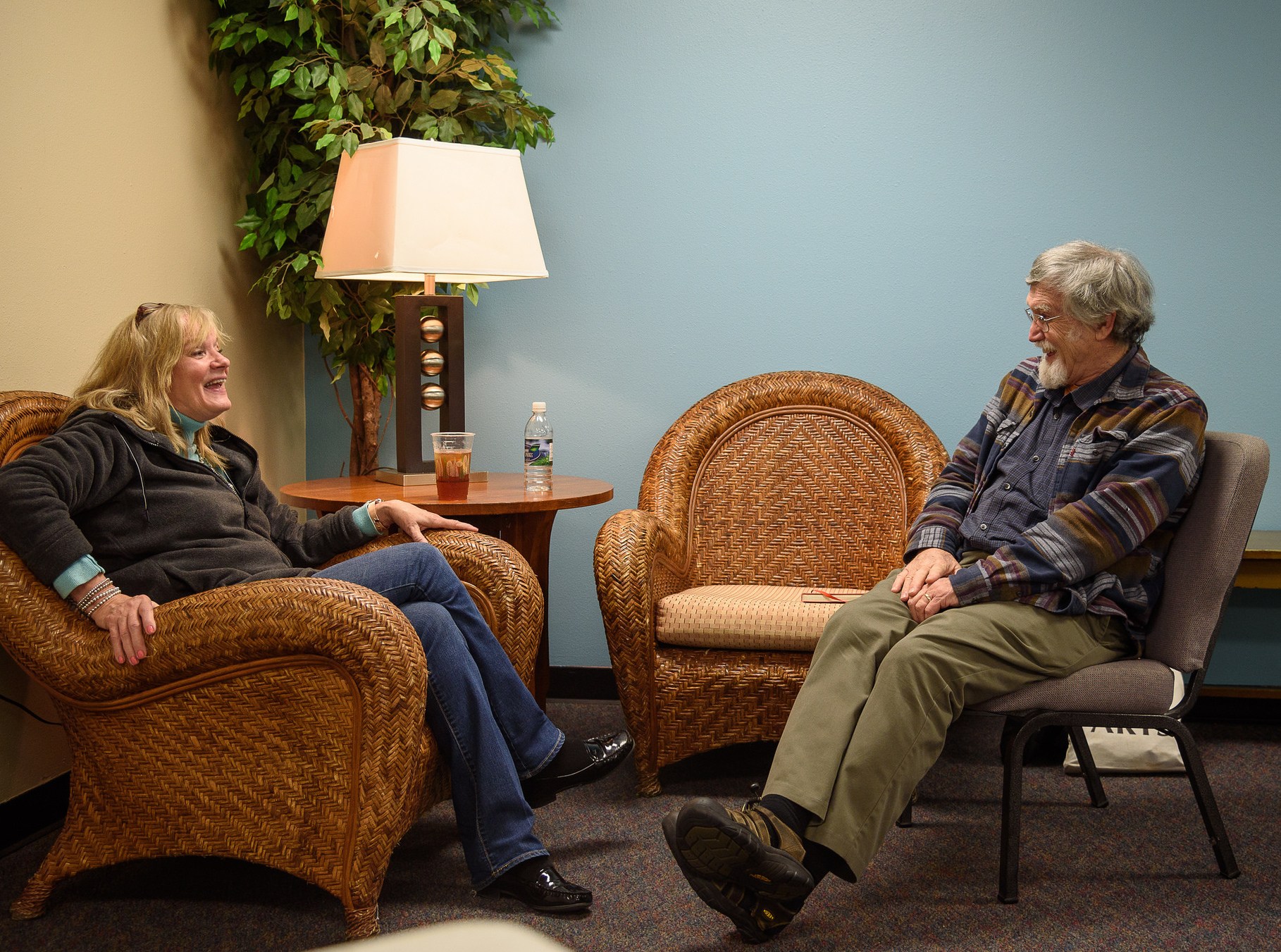Italian-born priest Fr Romano Guardini felt the Spiritual Exercises had an anti-liturgical bias. Indeed, Jesuits have been seen as anti-liturgical, or at least careless about the liturgy. In truth, the treasury of the Society of Jesus holds the liturgy with great importance and the Exercises mesh well with Catholic liturgy, whether the Mass or the Divine Office. Both offer praise and thanksgiving which are “primary liturgical functions. So are they primary functions of the Christian life.”[1] Like the Exercises, liturgy functions as a call to active participation in the mission of Christ and the Church. My focus here on liturgy will be the Mass.

Liturgy as Incarnational
In the meditation on the Incarnation the Trinity decides to send down the Second Person to the earth to save the human race from destruction and evil. As such, God entered time and fully into our human experience. All sacraments—and certainly part of the liturgy’s function—are incarnational. God enters our experience through the Eucharist, the prayers of the Church, and the communal elements of liturgy (the community present). He enters because of and amidst sin and evil. In this way the liturgy helps bring that saving power of Jesus Christ to us in a real and affective way. And thus the liturgy was born—not out of God’s need, but rather our own. One can image the Godhead looking down upon a people gathered at liturgy saying, “Let us work the redemption of the human race.”[2]
Our Response
Liturgy also needs to evoke response. It’s not enough for a call to mission on its own. No Mass ends without a sending forth and a “thanks be to God” in reply. Indeed the Call of the King meditation in the Second Week of the Exercises asks for the grace not to be deaf to Christ’s call and ready to fulfil his will. The Lord’s Kingdom is already at hand but it is waiting for workers to advance it and continue building upon it. Liturgical reality brings forth God’s Kingdom through the liturgy and sacrament’s incarnational nature. The building up of the Kingdom happens through the Christian actions of participating in the sacraments and bringing the received graces out to the world. “The gifts and tasks of the Kingdom and humanity are revealed at their deepest in the sacraments.”[3] The act of receiving Holy Communion literally allows us to “put on” Christ, to be more fully a part of Christ’s Body so we can better join Him on mission. Ignatius tells us that Christ our King asks us to share in his glory and win over the whole world with goodness and love[4], hopeful fruits of the sacraments.
“Christian liturgy and sacraments require and confer faith-hope-love.”[5] These are virtues required for Jesus’ mission. A Christian cannot receive this gift without proper orientation toward God and Christ which the liturgy hopes to achieve. Through Word, Sacrament, and community we are called to respond and go out into the world to share our new gifts, that of faith, hope, and love; we make Jesus Christ incarnate to the people we touch. At the end of each meditation in the Exercises we are asked to respond. In the Call of the King we are moved to say yes to the Lord and to his work for God’s greater glory. In the Two Standards we pray for the grace to imitate Christ. In the Contemplatio we are moved out of love to offer wholly ourselves to God our Creator ultimately for the good of the Kingdom.
 But how often are Mass-goers fully and consciously involved in this mission? How many are responding? The faithful come to Church and receive the sacraments but do they do it inflamed by the Spirit? Sacrosanctum Concilium calls the faithful to a “full and active participation” in the liturgy. Indeed it calls Christians to make an investment in learning about the Sacred Liturgy, especially though the instruction of clergy.[6] Liturgy if not executed well can become the thing of reluctant obligation and mechanical response, one evoking little movement of the heart. A participant needs to be open to the graces of sacramental liturgy. “The perfect church service would be one we were almost unaware of,” says C.S. Lewis, “our attention would have been on God. But every novelty prevents this. It fixes our attention on the service itself …”[7] As liturgy evolves it becomes in danger of becoming novelty. Lewis has a point: liturgical worship must be natural and focused on God. And God is the one who invites us to respond. An exercitant during prayer is likely to encounter distractions. His or her consolation might become his or her own novelty in prayer, causing movement away from an authentic Spirit-moved response—seeking consolation only for its affect. Many non-denominational churches draw congregants with emotionally affective music. While this can lead to authentic connection with God and communion with fellow worshippers, it can be at risk of becoming a simple gimmick to attract members: fabricating consolation for consolation’s sake. Even services that are too “dry” and lacking in good music, quality preaching, or passion on the part of the presider risk the congregant “noticing” too much the deficiency of the service. This kind of tension lives in communal worship (liturgy) and in private prayer (Exercises).
But how often are Mass-goers fully and consciously involved in this mission? How many are responding? The faithful come to Church and receive the sacraments but do they do it inflamed by the Spirit? Sacrosanctum Concilium calls the faithful to a “full and active participation” in the liturgy. Indeed it calls Christians to make an investment in learning about the Sacred Liturgy, especially though the instruction of clergy.[6] Liturgy if not executed well can become the thing of reluctant obligation and mechanical response, one evoking little movement of the heart. A participant needs to be open to the graces of sacramental liturgy. “The perfect church service would be one we were almost unaware of,” says C.S. Lewis, “our attention would have been on God. But every novelty prevents this. It fixes our attention on the service itself …”[7] As liturgy evolves it becomes in danger of becoming novelty. Lewis has a point: liturgical worship must be natural and focused on God. And God is the one who invites us to respond. An exercitant during prayer is likely to encounter distractions. His or her consolation might become his or her own novelty in prayer, causing movement away from an authentic Spirit-moved response—seeking consolation only for its affect. Many non-denominational churches draw congregants with emotionally affective music. While this can lead to authentic connection with God and communion with fellow worshippers, it can be at risk of becoming a simple gimmick to attract members: fabricating consolation for consolation’s sake. Even services that are too “dry” and lacking in good music, quality preaching, or passion on the part of the presider risk the congregant “noticing” too much the deficiency of the service. This kind of tension lives in communal worship (liturgy) and in private prayer (Exercises).

Engaging the Senses
Here is another parallel between liturgy and the Spiritual Exercises. The New Dictionary of Sacramental Worship says, “As signs of the Kingdom, sacraments are liturgical dramas in which the cast is the Christian community but the director and leading actor is Jesus Christ.”[8] In the Exercises Ignatius asks the exercitant to engage all his or her senses and play out the scene of a Gospel in the imagination. We literally imagine the drama unfold between us, Jesus, and the other characters of the Gospel. As an exercitant must be fully engaged in the sensory prayer of the retreat in order to receive its graces, so too a Christian must be sensually engaged in the liturgy—itself full of dialogue, drama, imagery, sound, movement, and other things. We are not just play-actors pretending in a fictional sense. Instead we participate with Jesus in playing out the scenes of unfolding truth and revelation of Christ in our life-world.
During my experience of the Exercises my daily prayer enhanced my experience of the Mass and the Mass enriched my prayer. Private meditation and the liturgy worked hand in hand. This kind of intentional pairing of communal liturgical worship and personal prayer fulfils our very duty as baptised Christians to be “a holy nation”[9], a redeemed people. It ties the personal with the communal. It allows us to invite God into our lives in a deeper and richer way so we can be moved to labour for God’s Kingdom.
Until Christ comes again we must continue our liturgical practices. Our very faith demands it. “… the tragic dimension of life continues to assert itself and to demand liturgical response.”[10] What pervades liturgy in intercession, forgiveness, and grace must permeate our lives outside of liturgy. Our liturgical response to pray for the sick, the dead, and the oppressed must mirror our everyday response. Both liturgy and personal prayer must be held in a balance, informing and feeding one another. Fr Peter-Hans Kolvenbach, SJ says, “The liturgy is an encounter with the Divine Majesty who missions us to the world …”[11] The Spiritual Exercises manifests Christ’s personal invitation as liturgy manifests the invitation in a communal sense. Both liturgy and the Exercises “incarnate” Jesus Christ who invites, seeks our response, and then missions us to serve and love the world.






